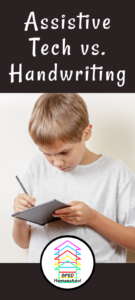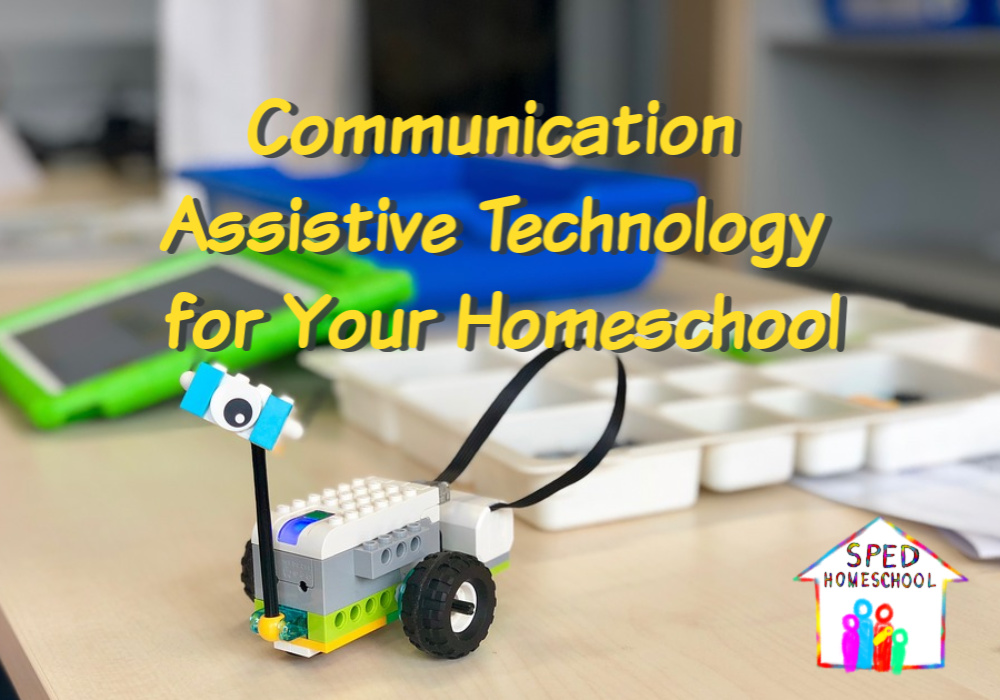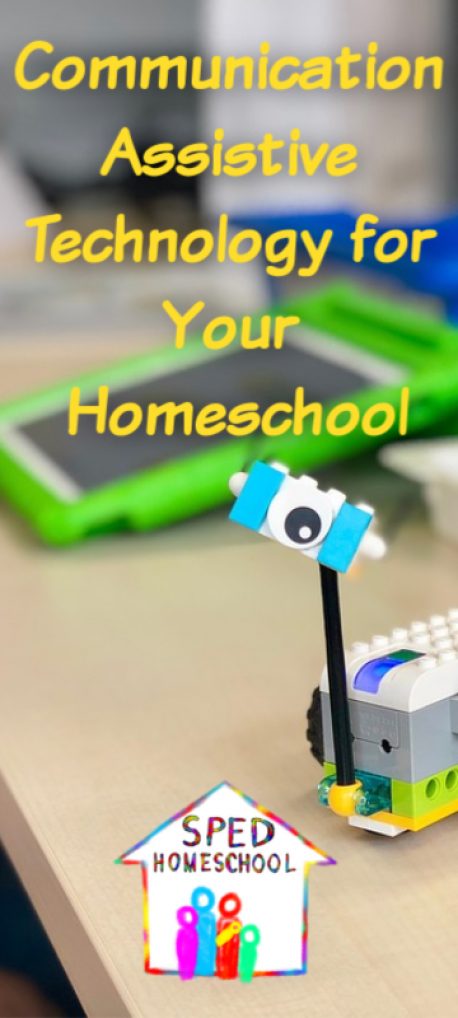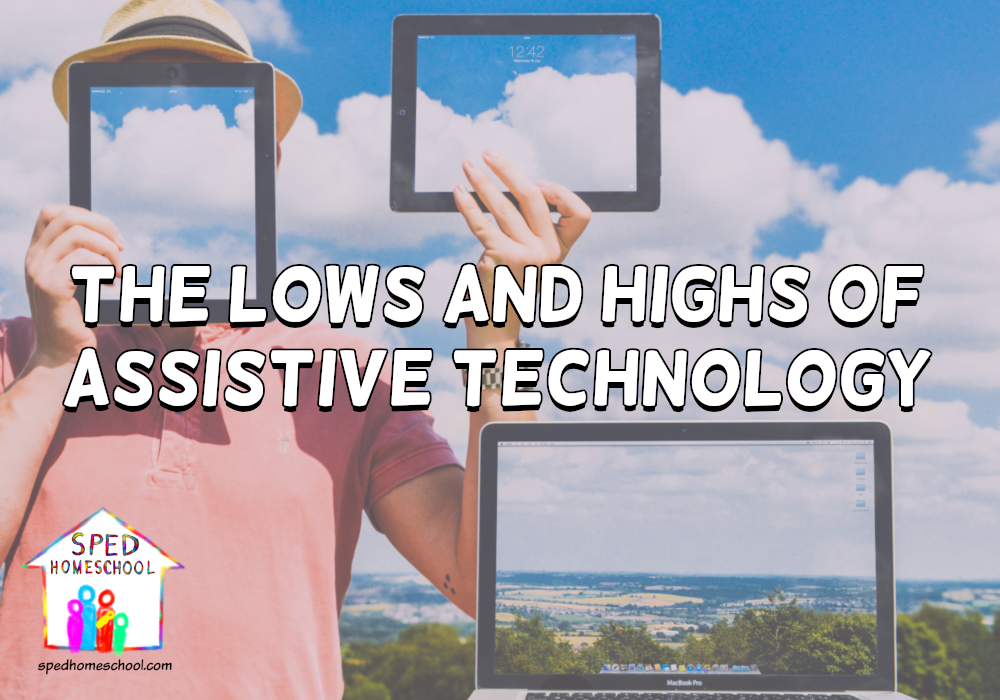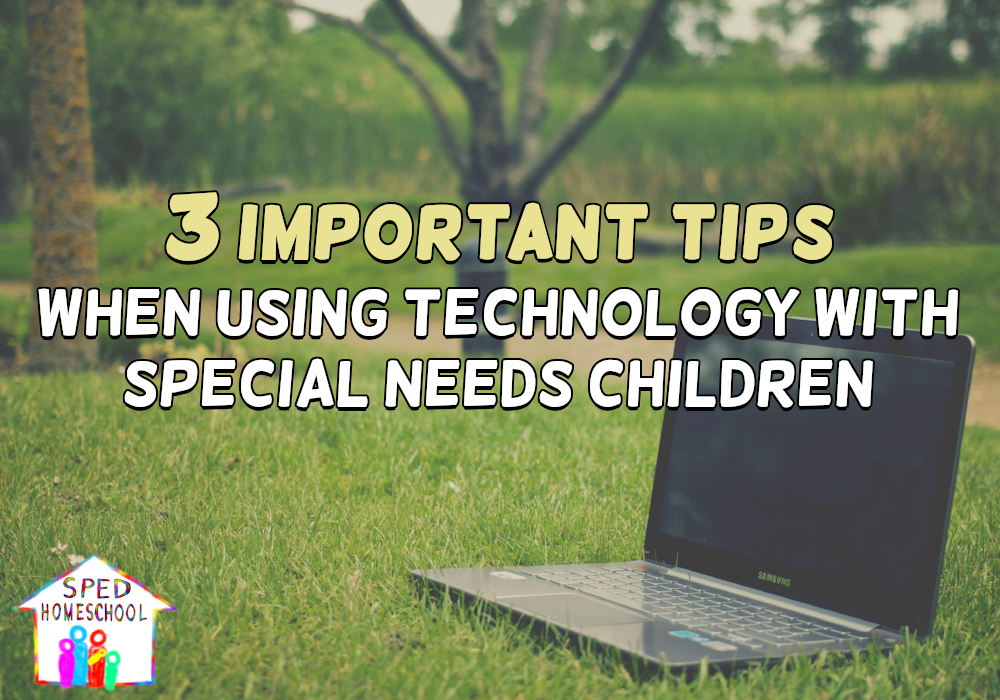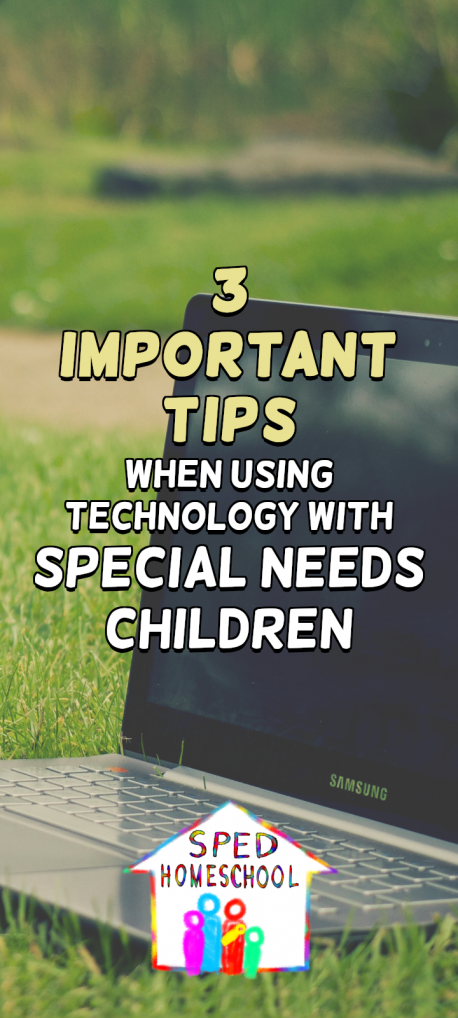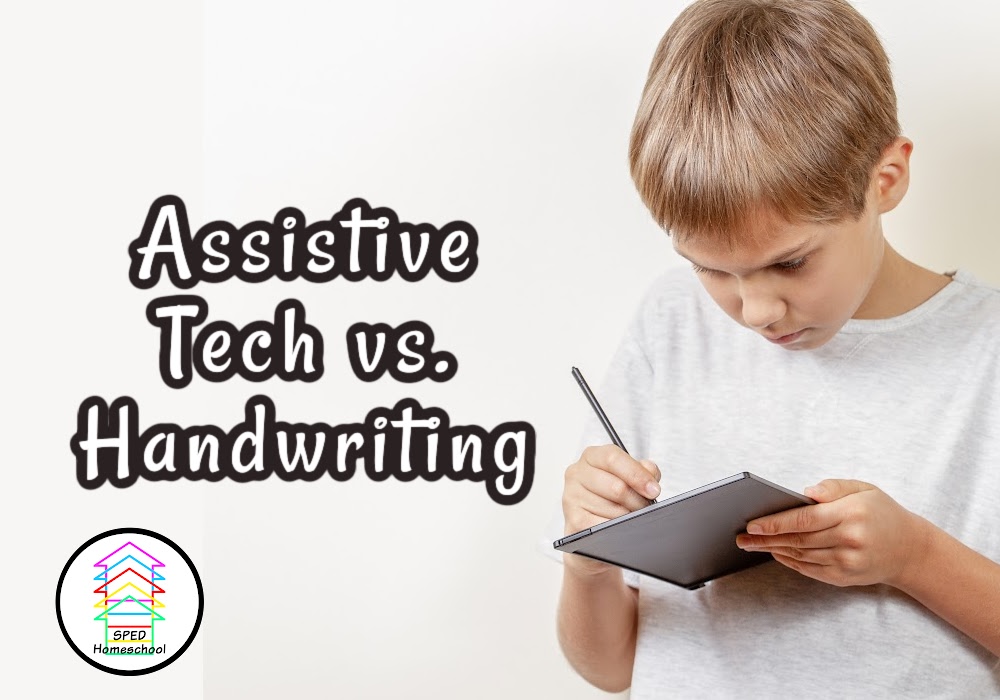
By Sarah Collins, MSOT OTR/L from Homeschool OT
As an Occupational Therapist consulting with homeschool families, one of the top questions asked is, “Do I force my child to write?” The answer depends on the child and is not as simple as a yes or no. Here are the top three considerations when helping families to make this decision between handwriting and assistive technology.
1. What type of learner is the child?
Kinesthetic learners need movement to help encode information. They wiggle frequently, often benefit from manipulatives in math, and their attention often follows their hands. Writing can provide the kinesthetic component to reinforce learning. In contrast, visual learners do well with typing because they can see information on the computer screen. Auditory learners do great with talk to text or even Google read and write. The VARK questionnaire can help families determine the specific learning style.
2. What is the environment of the homeschool?
The environment considers posture for writing, length of time available for writing assignments, how many kids are present, even positioning of the paper. Often, with decreased distractions and a proper seated position, we can help a child be successful with writing so they can fall back on this skill when needed in the future.
3. For what types of assignments is handwriting needed?
Typically, in our culture, the amount of handwriting needed peaks in late elementary school when kids are learning to write papers and need the speed of their writing to keep up with their thoughts. After this, writing is typically only used for note taking and then even less frequently for jotting reminders. Beginning around this middle school, my recommendations change from building the skills needed for handwriting, to accommodating for learning styles within adaptive strategies.
For more specific information on any of these considerations, please contact HomeschoolOT for a consultation for your homeschool.
Sarah Collins, MSOT, OTR/L is an occupational therapist with a background in both pediatrics and home health, and a homeschooling parent. Sarah was first introduced to homeschooling in 2016 while working as an OT in a client’s home; she was amazed at the learning atmosphere and opportunities within the home. Now as an OT homeschooling her own family, she noticed that parents, though experts on their own children, were invariably asking the same questions and needed resources. As a result, Collins Academy Therapy Services aka HomeschoolOT was established with the dual purpose of educating parents on how to create homeschools specifically designed for students’ needs and training occupational therapists to best serve the homeschool community, together guiding children towards their specific purpose in life. You can find Sarah on line at www.homeschoolot.com on Instagram at www.instagram.com/homeschoolOT and in the Facebook group she moderates at www.facebook.com/groups/homeschooltherapyideas.com
References
- American Occupational Therapy Association. (2020). Occupational therapy practice framework (4th ed.). American Occupational Therapy. https://doi.org/10.5014/ajot.2020.74S2001
- Flemming, N. Mills, C. (1992) Not another Inventory, Rather a Catalyst for Reflection. Improve the Academy. 11.
- Haswell, Joanna, “A Close Look at Learning Styles” (2017). Honors Senior Capstone Projects. 23. https://scholarworks.merrimack.edu/honors_capstones/23
- Sarma, S., Yoguinto, L. (2020). Grasp. Massachusetts Instit

